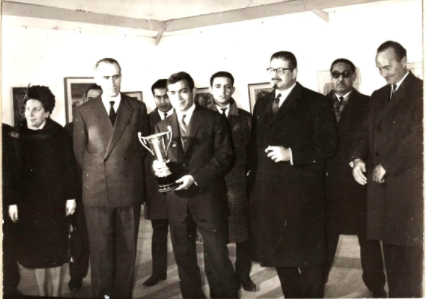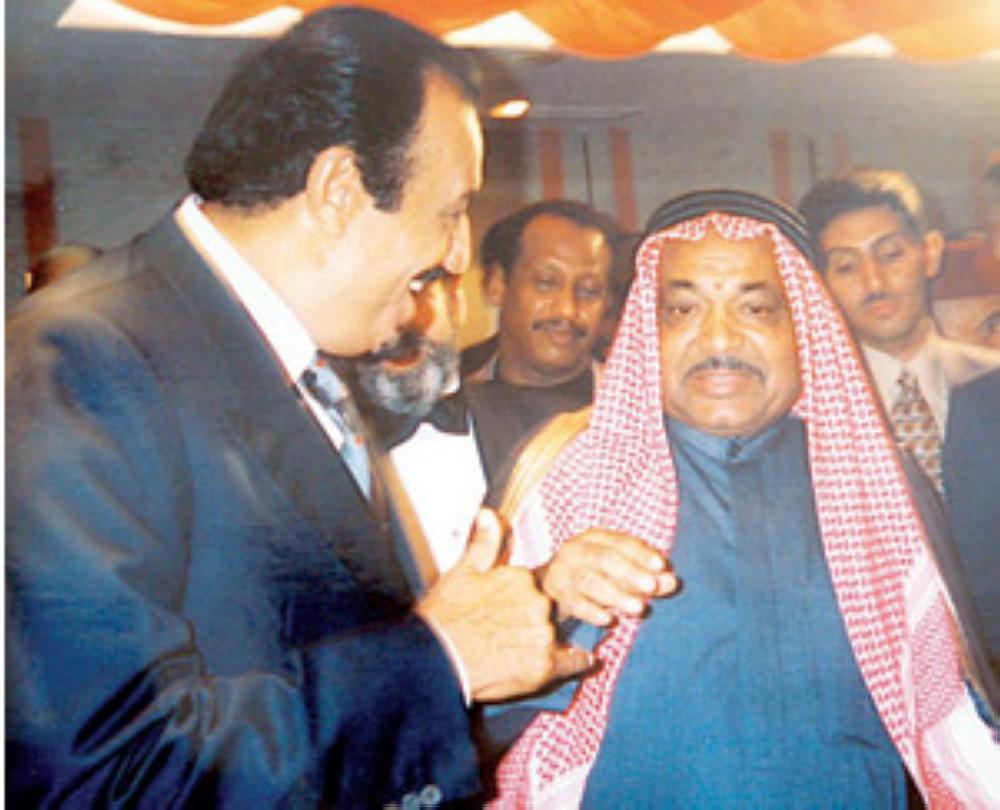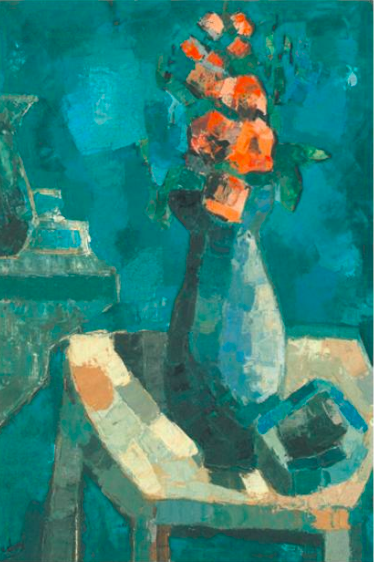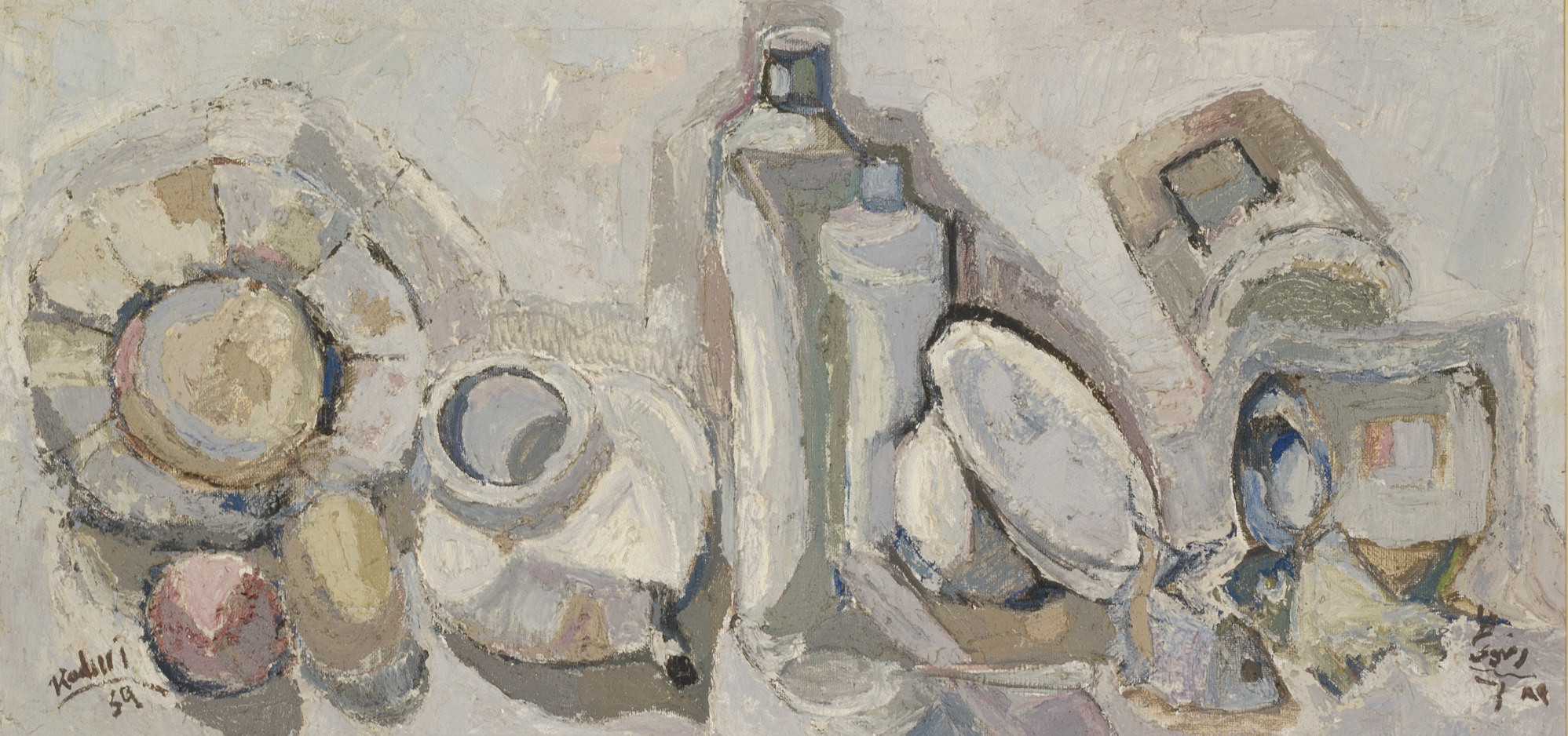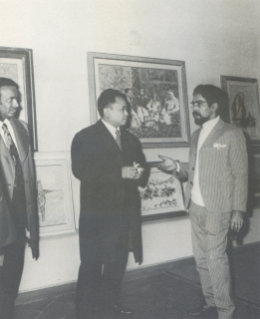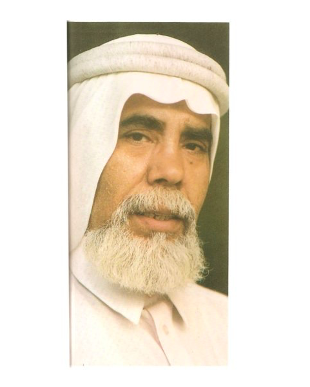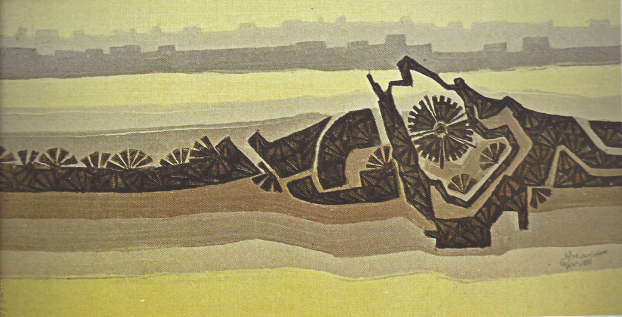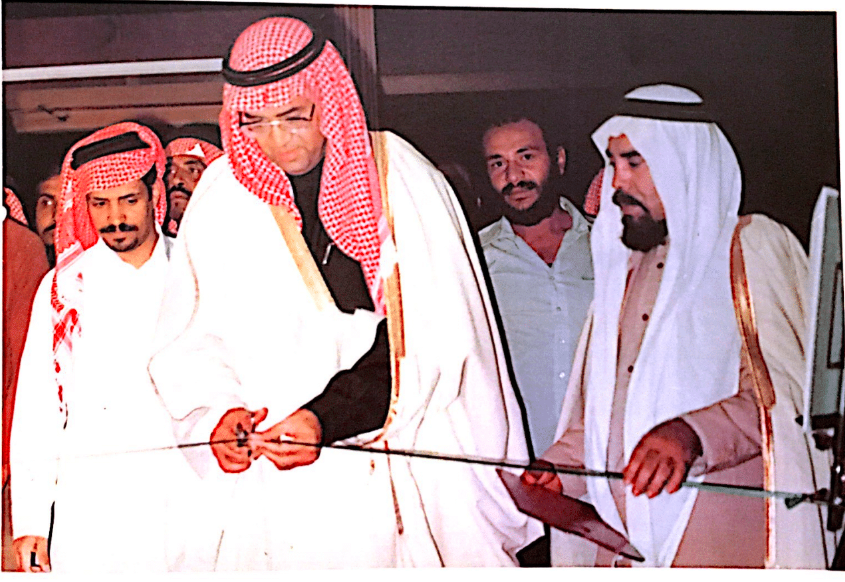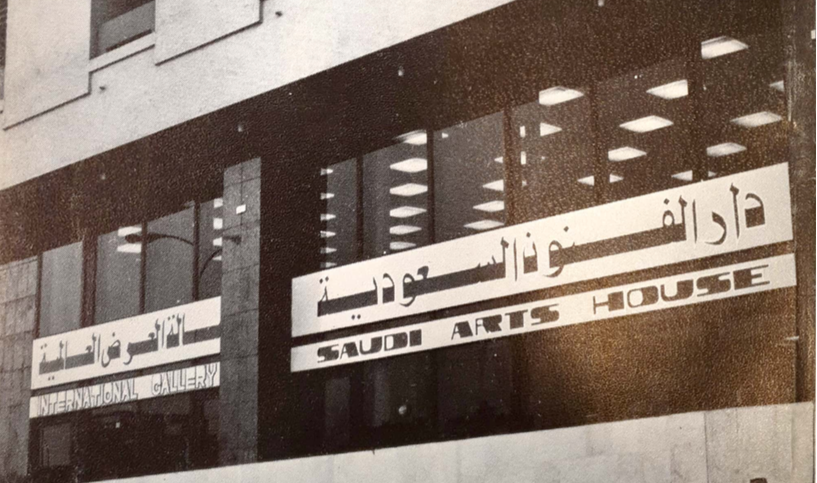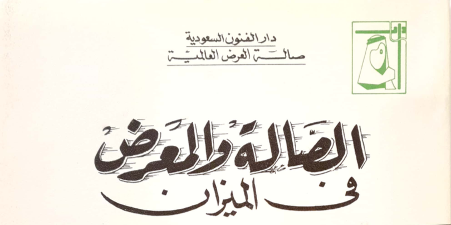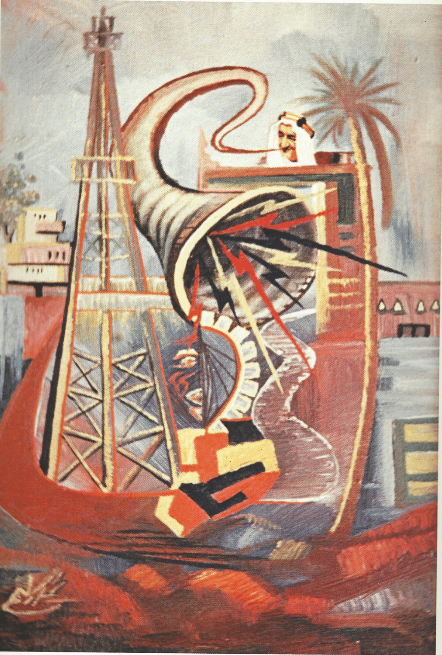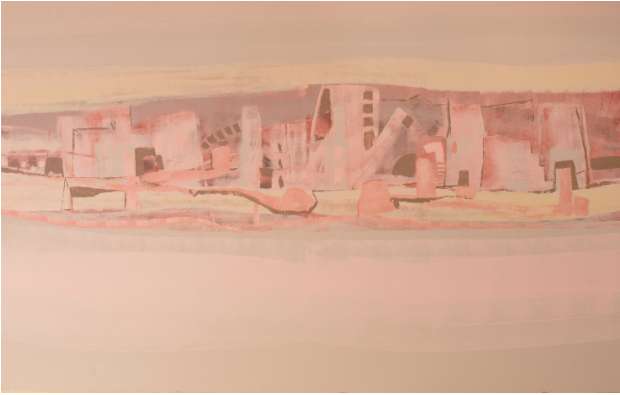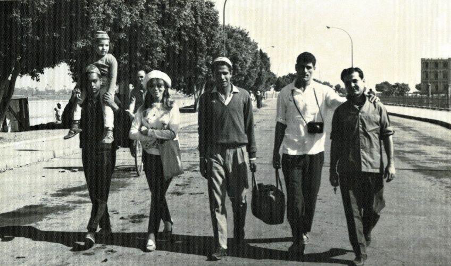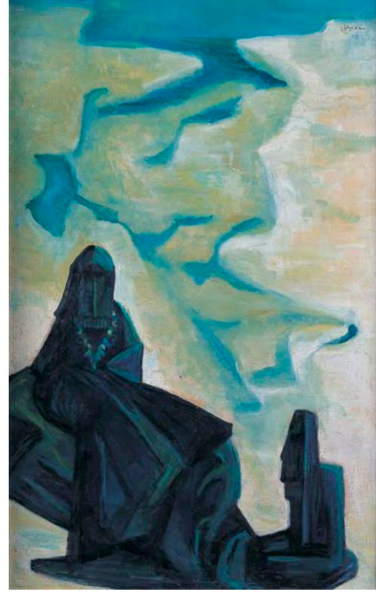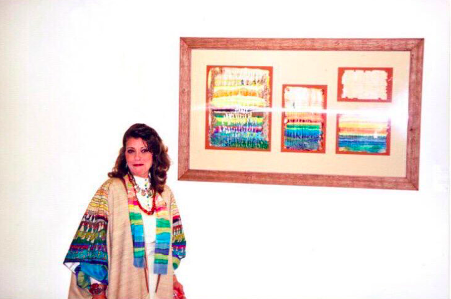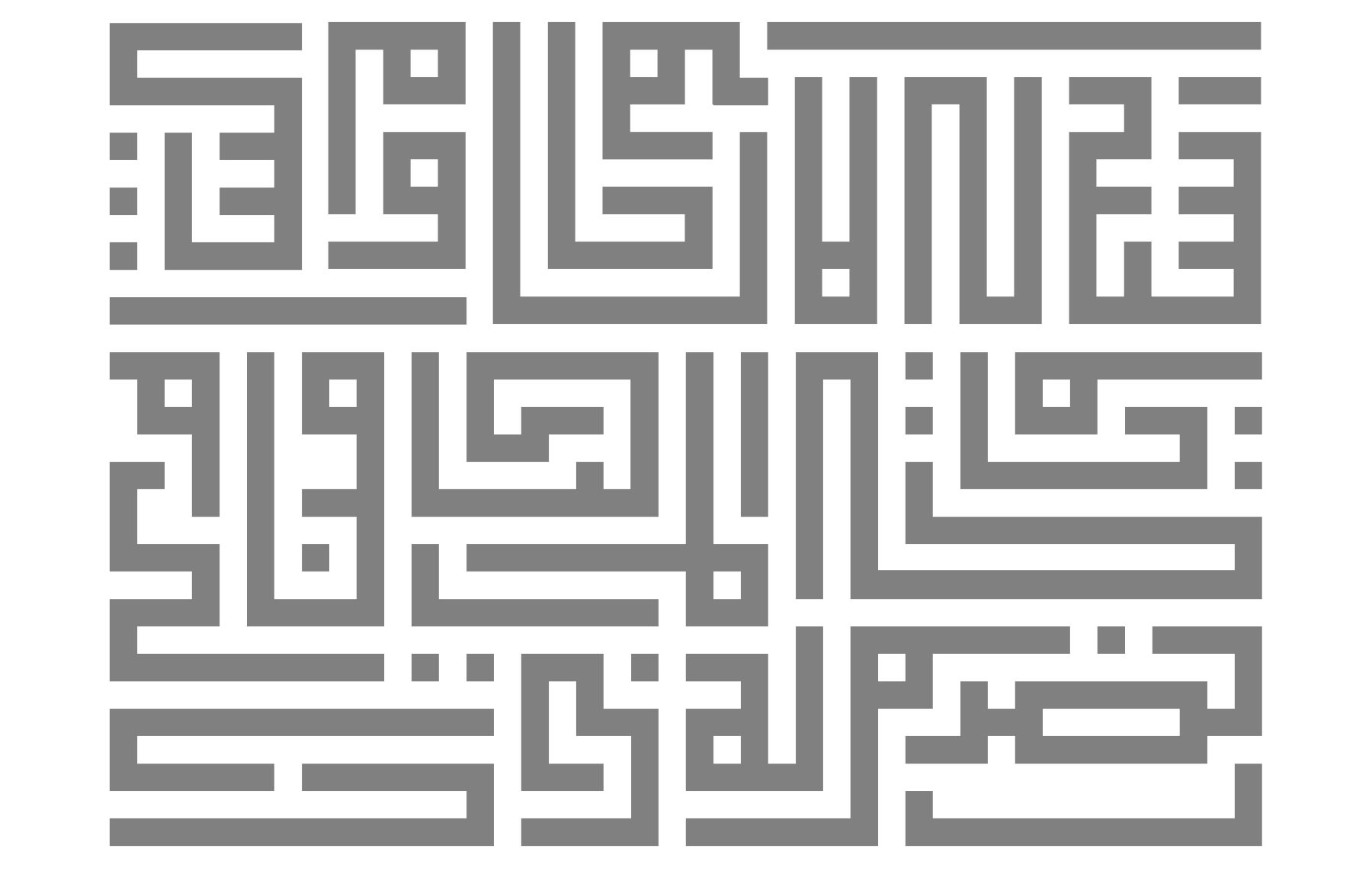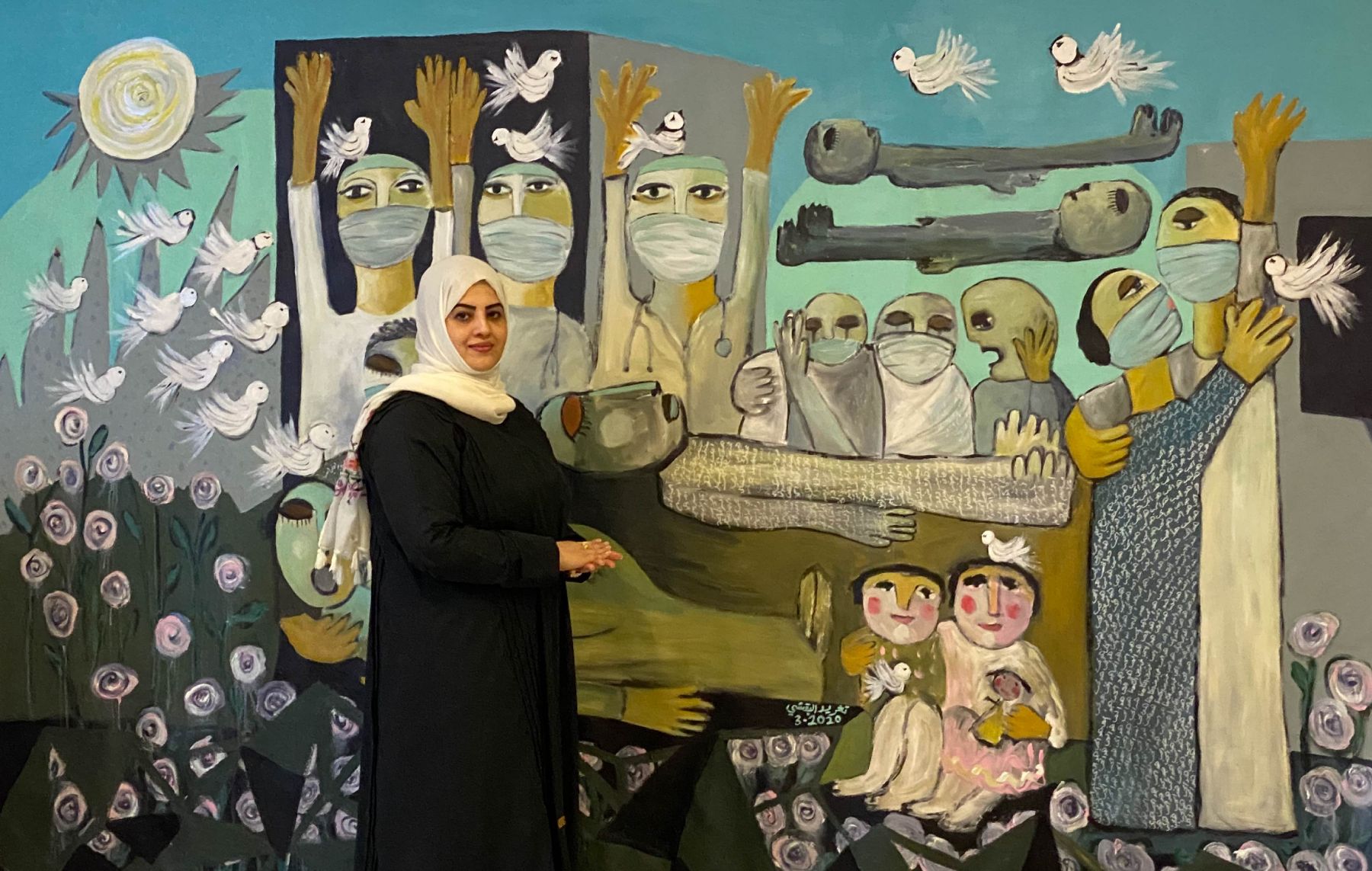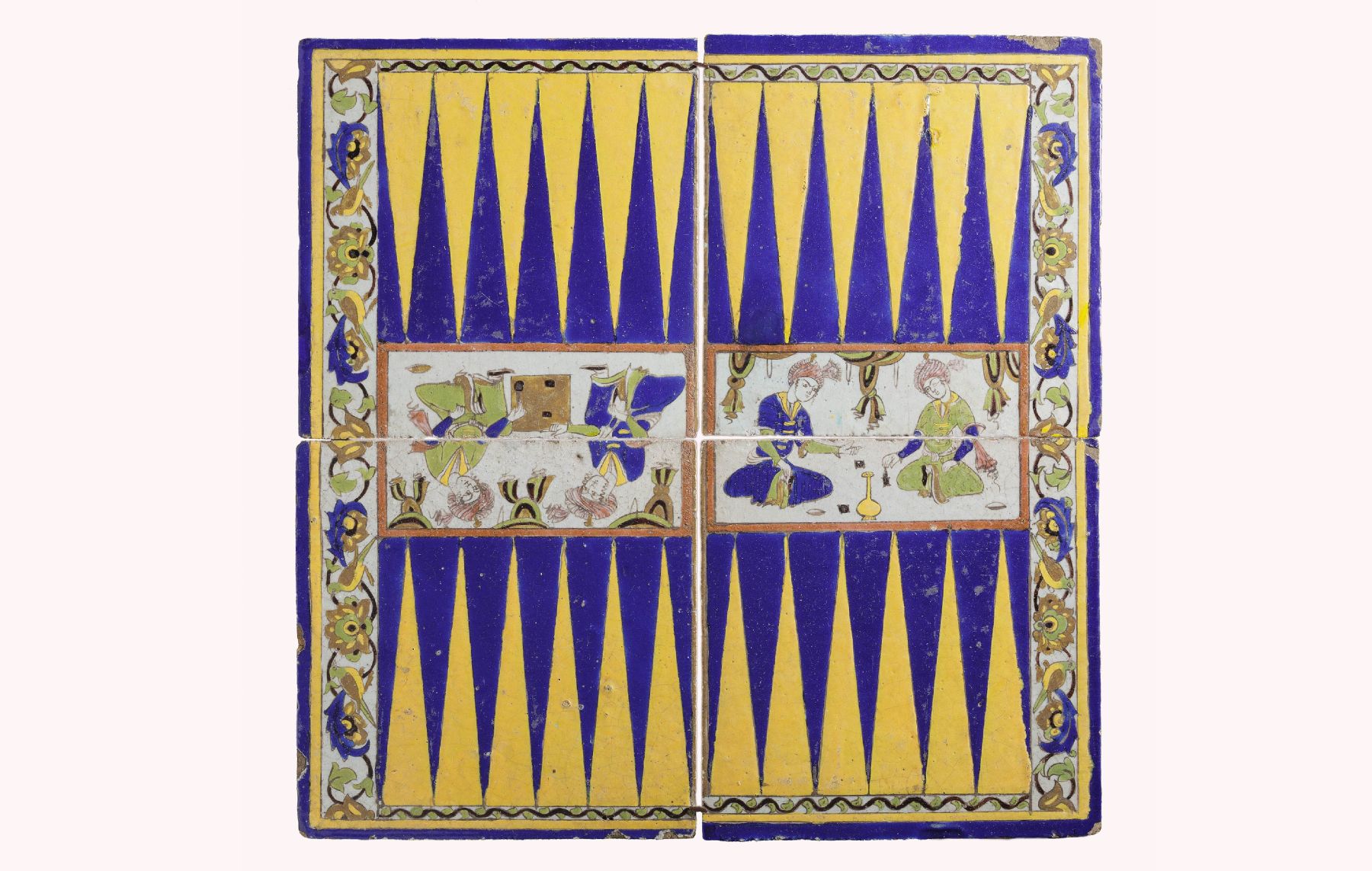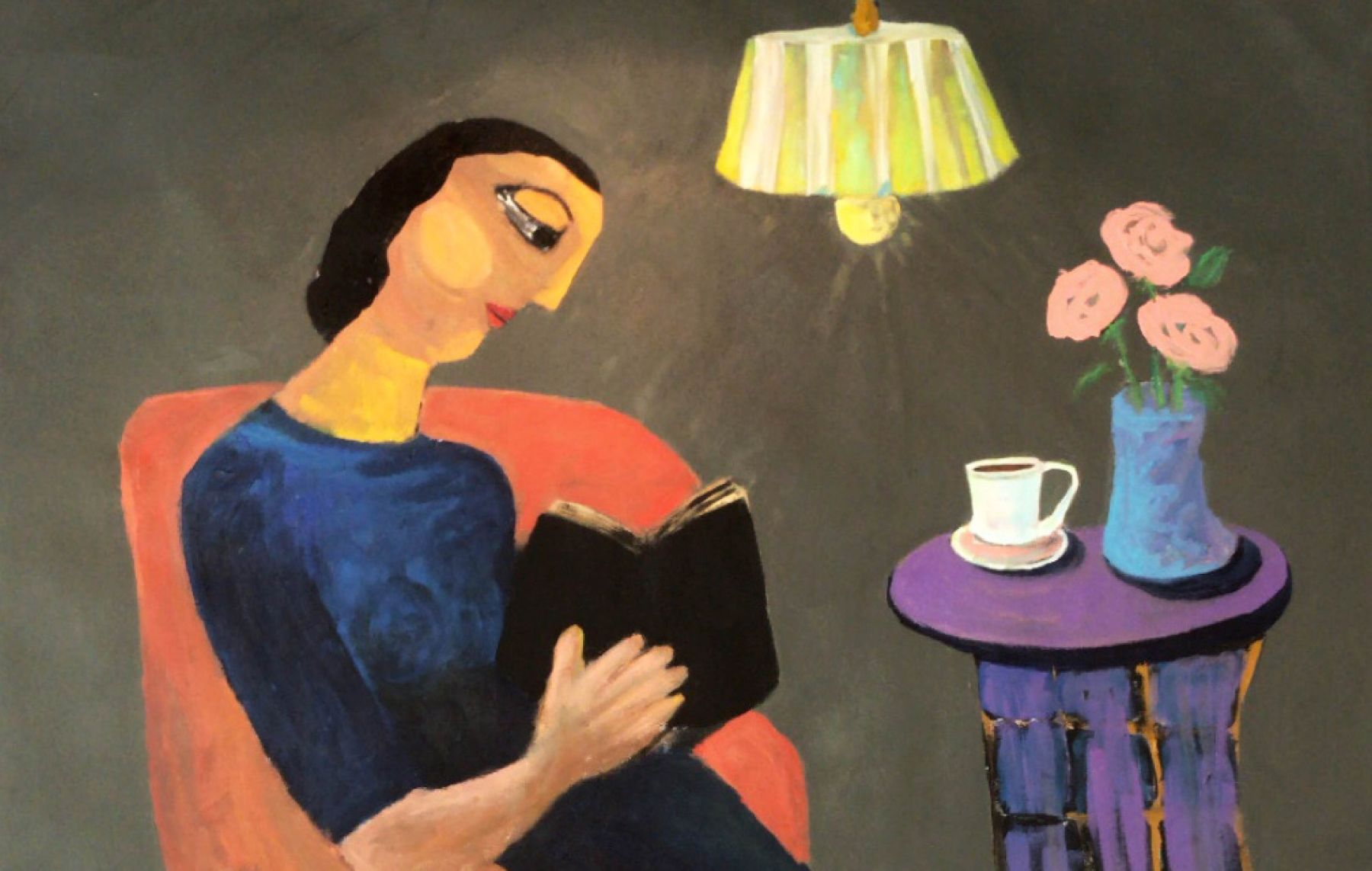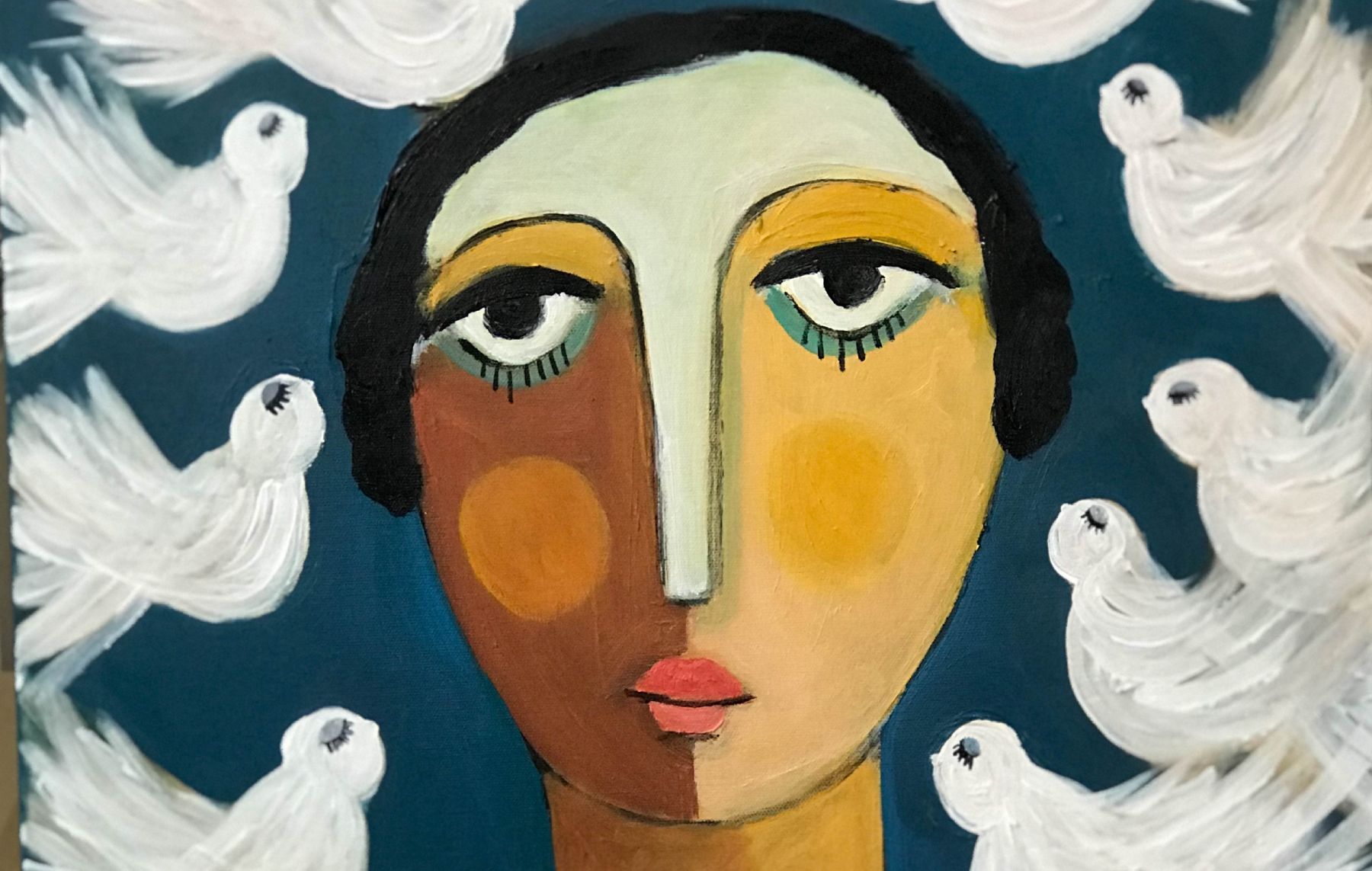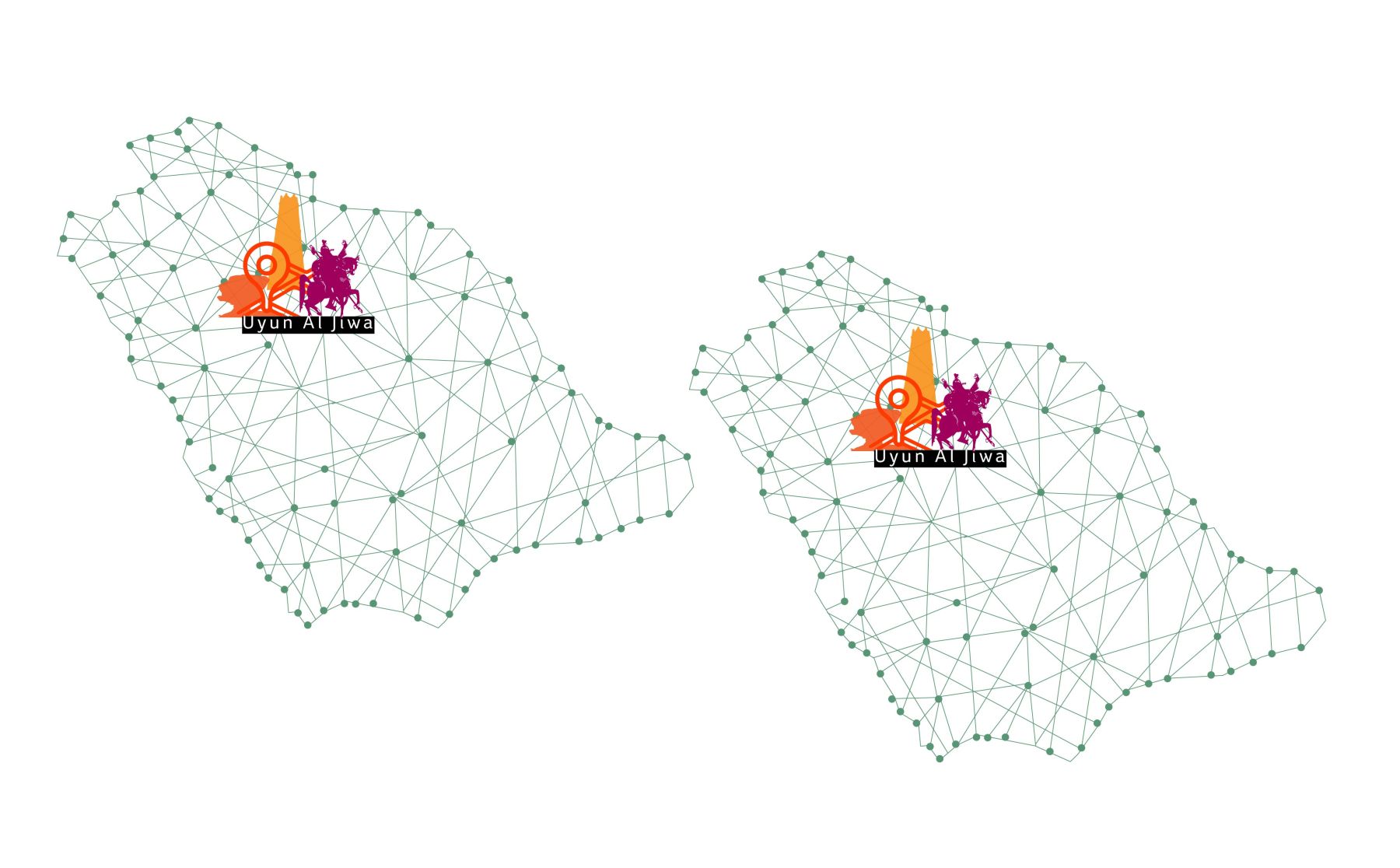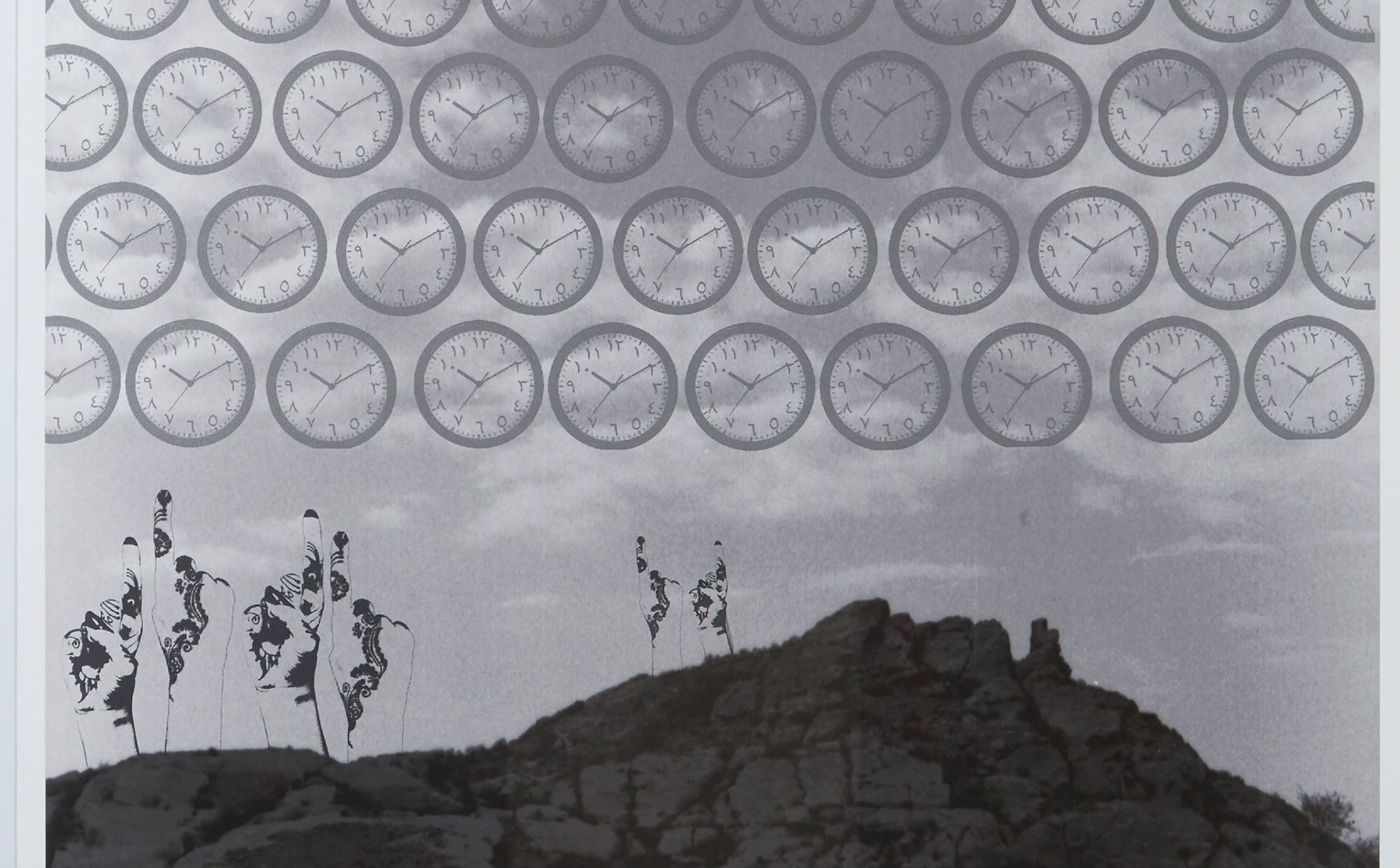The Saudi artists who paved the way
“A Saudi person is distinguished by nature and environment rich with distinct aesthetic elements of form, color, volume, and line,” — Saudi artist Mohammed Al-Saleem (1939-1997)
Ever since its unification, Saudi Arabia has been going through changes and shifts in all aspects of life. By 1951 there were more than 200 schools across the Kingdom, and this was a crucial foundation for the minds of the future. Art and music education became part of the curriculums in public schools all across the nation, and people were very receptive to this cultural shift. Today, the Kingdom is one of the best when it comes to formal, systematic education in the Middle East, with more than 70 public universities scattered across the country.
The first-of-its-kind “Institute of Art Education” was established in 1965 in the capital city of Riyadh. The government started importing teachers from Iraq, Sudan, and Egypt. Saddi Al-Kaabi, a modern art Iraqi artist, taught at the institute when he spent two years in the Kingdom. Under his tutelage, he graduated important cultural figures, including Ali Al-Ruzaiza and Dr. Mohammed Al-Resayes and Abdullah Al-Hammas who are serving the Kingdom’s art and culture sector to this day.
The first major students’ art exhibition was held at the Ministry of Education headquarters in Riyadh under the patronage of late King Saud and Prince Fahd around 1958; this inaugural showcase was followed shortly after with another exhibition in 1959.
The norm of hosting art exhibitions didn’t stop here.
Abdulhalim Radwi (from Makkah, 1939-2006) is considered the father of Modern Saudi art, an instrumental figure in developing the country’s art scene because he wanted to establish one of the first art initiatives to serve Jeddah’s artistic community. Radwi held the first official exhibition in the modern history of the Kingdom in the city of Jeddah in 1965. This exhibition was the seed for his fruitful artistic career, and he soon began taking an active role in the emancipation of the Saudi plastic art movement. He established the “Fine Arts Center” in 1968 and devoted it solely to the plastic arts. The belief among Saudi leadership that education was a means of empowerment was so strong that they sent gifted people, like Radwi and other talented students, on full scholarship to pursue the arts academically at sophisticated institutes in Italy.
Radwi, however, started his academic pursuit very early on and worked as a wall painter to save money so that he could travel to Italy on his own. Several years later, he held an exhibition, and the ambassador of Saudi Arabia at that time attended it to support him. Later Radwi was awarded for representing the Kingdom’s culture abroad and given a full scholarship.
(Abdulhalim Radwi is holding the prize, and to his right
is the Ambassador of Saudi Arabia to Italy. Date around 1962-1963)
Radwi’s artistic gift was inherited from his late mother, who was an artist herself, and after his return from Italy his signature style started to crystalize. Radwi’s inspirations were elements from his native environment. He painted still life as well as religious symbols like mosques and Makkah, social daily scenes and norms from his hometown. His work had a unique touch defined by vibrant, fresh colors and circular brushstrokes that distinguished his work from his peers. His paintings celebrated life and the heritage of the Kingdom.
“Art for Peace” Exhibition in Spain- Abdulahim Radwi and then Prince Salman, 2004.
(Abulhalim Radwi, Still life, 1960)
(“Abdulhalim Radwi (Saudi, B. 1939)” n.d.) (Retrieved from Christies website)
Radwi’s contributions to the arts landscape in the Kingdom weren’t exclusive to plastic art. In the early 1970s, the Mayor of Jeddah Mohammed Said Farsi and Radwi joined forces to tackle the project of beautifying the bustling port city of Jeddah. Farsi and Radwi were both visionary forces and envisioned large-scale installations to be installed in the public spaces and parks of Jeddah made from various materials and by the hands of many other artists and sculptors from around the world. Shortly after the completion of most of this massive project’s installations, these iconic urban artworks were given different symbolic meanings by people of Jeddah, helping visitors and residents to navigate its zones and spaces around the city before the invention of GPS.
The Beanpot, Abulhalim Radwi Jeddah.
Radwi is just one of the Saudi artists that helped paved the way for a dynamic art scene.
There is Mohammed Al-Saleem, who was born in Marat, a village near Riyadh, in 1939. The artist’s affinity to his village was later an important signifier for his artistic style and identity. Al-Saleem was a dreamer and a person filled with platonic ambition for the plastic art movement in the Kingdom. He started his career as an art teacher in a public school and later moved to Riyadh to work in the official Saudi TV station as a director of decoration, and the official channel stage productions. He was then given a scholarship by the Ministry of Information & Television and Broadcasting services to pursue art academically in Florence, Italy, where he studied from 1970 to 1973.
Mohammed Al-Saleem
Al-Saleem’s love for the desert, and other elements from his native environment, such as the Arabic language and Quranic texts, were important components of his compositions.
Al-Saleem’s artistic style was one of a kind, a newly invented school of art, called “Horizonism style of the desert school, Al Afakyiah,” in which Al-Saleem cleverly mixed horizontal lines and desert features with Arabic words in harmonic, sleek lines that exude a graceful, three-dimensional visual aesthetic.
Mohammed Al-Saleem’s Continuation of the good, circa 1977.
Mohammed Al-Saleem’s Untitled, 1989
The artist saw great promise for the future of the Saudi plastic art movement. After his return to the Kingdom from Italy he left his work for Saudi TV and decided to open the first Saudi art house in Riyadh. Founded in 1979, Dar Al-Funoon Al-Sa’udiyyah, or “The Saudi Art House,” inaugurated officially by HRH Prince Faisal bin Fahad Al-Saud in 1980. Dar Al-Funoon was a multipurpose creative space where artists would meet for creative cross-pollination. It also had a gallery space to exhibit their work and get art supplies that were scarce at that time.
Dar Al-Funoon was a nonprofit institute open for not just Saudi national artists but as well as for all different nationalities. Expatriates, for example, often participated in the Dar’s activities and exhibited their work alongside Saudi artists. Unfortunately, though, because Dar Al-Funoon wasn’t a profitable institution, it was deemed unsustainable and was officially closed in 1995.
Dr. Ghazi Al Gosaibi, then Minister of Health, and Mohammed Al-Saleem to his right
at an exhibition opening at Dar Al-Funoon Al-Sa’udiyyah.
Al-Saleem was a romantic idealist who wanted to emancipate the plastic art movement by whatever means necessary. His motivation stemmed in part from his deep love for the culture of Saudi Arabia. He said in 1976: “I pray for the almighty seeking more guidance, seeking the content of Saudi people, and with God’s will, I shall attach myself to the right path enlightened and inspired by the Saudi sun towards the approach of an authentic Saudi art.” He was deterred, though, by the slowdown that took over the Saudi Art scene in the late 1990s and moved back to Florence to live for several years before his death in 1997. His daughter, Najla Al-Saleem, carries forth the artistic torch and honors her father’s contributions to the growth and evolution of modern Saudi art. Najla is an established artist herself and was influenced by her father’s technique known as “Horizonism." She is also currently working on restoring and reopening Dar Al-Funoon for the public again to keep her father’s legacy alive in the Saudi consciousness and culture.
The Saudi women artists' contribution helped open doors for the many female artists today.
Mounirah Mously (From Makkah, 1954-2019) is one of the first female artists to officially exhibit her work alongside Safeya Binzagr (From Jeddah, born 1940) in the monumental exhibition that took place in Dar Al-Tarbyah Al-Haditha in Jeddah in 1968. Mously studied art academically in Cairo in the school of fine arts from 1964-1967. Being one of the early female pioneers, Mously’s contributions to the Kingdom’s art cannot be overlooked. Mously was an active artist throughout her life, and she received many awards and hosted many youth art competitions during her time in Aramco.
Her artistic style was unique, as she wed abstraction and surrealism to produce a new style that was immediately recognizable. Mously’s artistic contributions transcended the borders of Saudi Arabia, most notably when she took part in one of the most groundbreaking exhibitions, “Forces of Change, Artists of the Arab World” at the National Museum of Women in the Arts in Washington DC, in 1994. This exhibition traveled throughout the United States. This exhibition featured more than ten modern Arab female artists from across the Middle East, including Kuwaiti Thuraya Al-Baqsami, Egyptian Inji Aflatoun, and Palestinian Mona Hatoum.
The exhibition was a significant event in the history of art because it exposed Arab women artists’ work to an international audience. That same year, Mously was appointed “Artistic Specialist by the Arab Gulf Program,” which was an initiative by the United Nations Development Organizations in which Mously was expected to work on artistic and media programs.
Mously was a true humanist; she supported many human causes through her art exhibitions, and was known to have said: “I belong to all civilizations, all races, all arts and all times.”
Female presence in the early years of the Saudi Art scene was truly powerful but reached a climax with the first formal exhibition curated by female artists Binzagr and Mously in 1968. Binzagr had her own gallery space to exhibit her collection of social realist artwork that mirrored the social life, customs, and traditional attire of the Hijaz. This exhibition was monumental and was the creative spark that launched a new phase of the Saudi Art movement in which female artists were instrumental. Binzagr continued her journey and studied art formally in Saint Martin's Art School from 1976-1978. During her time in Europe she had a touring exhibition that stopped in important cultural capitals, including London (1973 & 1980), Paris (1980), and Geneva (1980).
Binzagr’s representation of Saudi art and culture were received warmly by European audiences. Binzagr is the first woman in the history of the Kingdom to have opened her own art house in Jeddah in 2000, where she exhibits her private collection of her work that documents and reflects Saudi heritage. Darat Safeya Binzagr is a multidimensional space that showcases the arts and culture of the Kingdom. Open for artists and researchers to wander and get inspired free of charge. Binzagr supervises every detail that goes in the Darat, including its massive 5,000-volume library that is open to the public. As a result, Darat Safeya Binzagr became a landmark in Jeddah, where tourists both domestic and international consider it an important destination to visit.
What these artists share is something greater than simply creating paintings and holding exhibitions; they are exceptional individuals who helped in the creation of the Kingdom’s modern culture. They are guardians of their Saudi heritage with all of its diverse forms across the vast Kingdom, and their love for their country and its rich culture made them devote their lives to safeguarding those cultural roots.
As Mohamed Al-Saleem wrote in 1976, “The plastic arts are what provide the true and honest image of any nation, the level of awareness of its own aesthetic values, in content and in form.” As these words attest, artists like Al-Saleem understood the power of art as a means to document, preserve, and celebrate one’s culture, and it is that richness that lives on today in the work of all of these artists. At the same time that these incredible figures indeed looked to their heritage for inspiration, they also found a means to express these themes with an avant-garde visual language ahead of its time. Radwi, Al-Saleem, Mously and Binzagr are just four of the many important Saudi artists every Saudi should know. They were all individuals whose ambition was to uphold the nation's cultural identity and soul through their unique talents as artists. Their creative ideas resulted in the generation of concepts and spaces that were completely new to their society at that time. The work, and tireless efforts of these artists have thereby paved the way for those after them to be inspired and continue to build on the cultural legacy these artists left behind.
Special Guest Contributor:
Ghadeer Sadeq is a graduate student in Arts & Cultural Management at the Pratt Institute, New York City. Her research focuses on modern and contemporary Middle Eastern and North African Art; with particular emphasis on modern Saudi Art.


